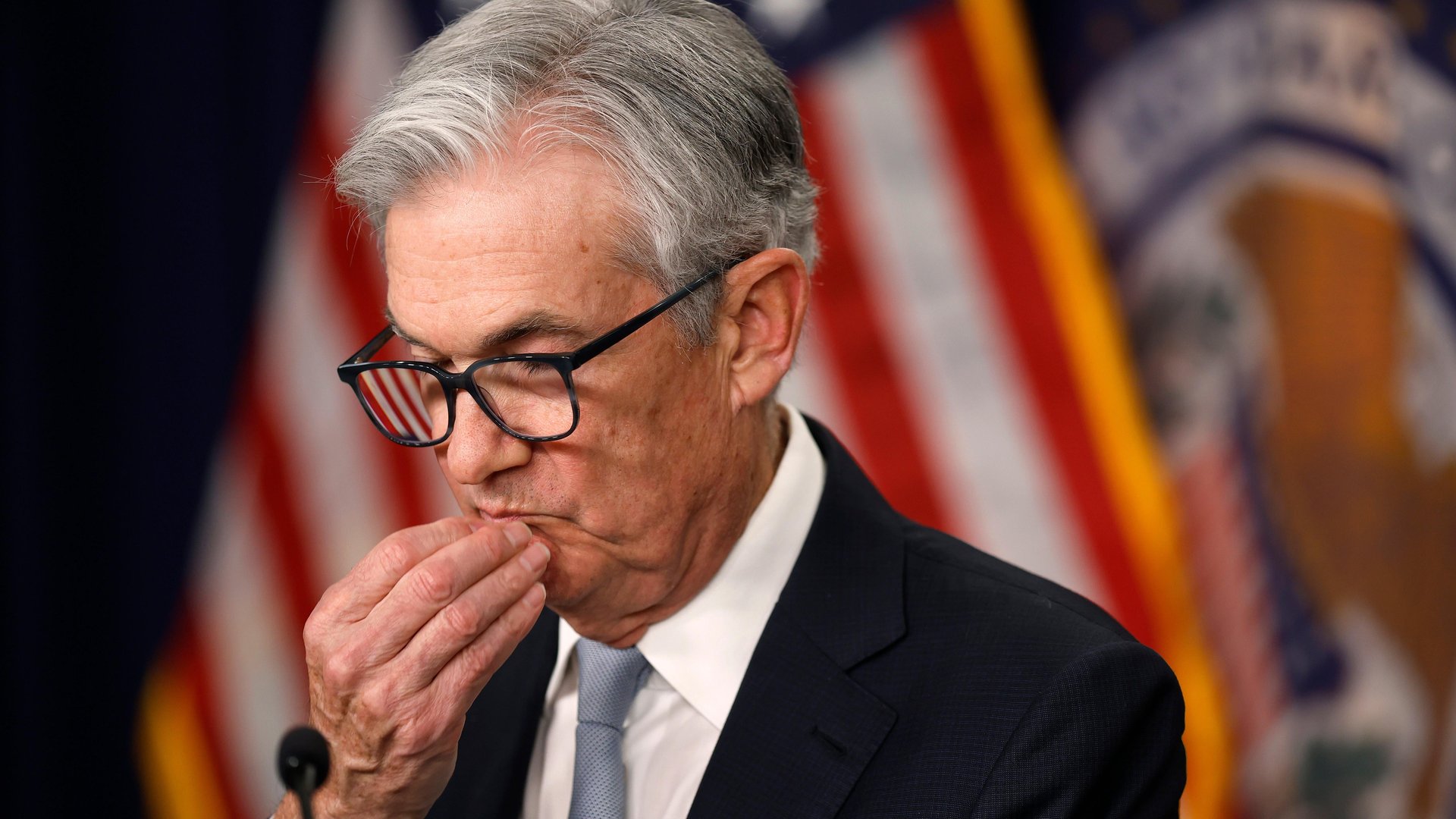US inflation is finally showing signs of backing off
A slower pace of inflation is however unlikely to weaken the Fed's resolve to tighten monetary policy

US goods prices slowed the pace of inflation in October.
The US Bureau of Labor Statistics published its October consumer price index (CPI) data today, showing a 0.4% increase in the price of goods and services from the prior month. Commodity prices excluding volatile food and energy fell by 0.4%.
That’s below what economists surveyed by Bloomberg estimated—a 0.6% monthly increase—and the same rate at which prices increased month-over-month in September. On an annual basis, prices rose by 7.7% in October.
The results are unlikely to change the Fed’s resolve to tighten monetary policy. In the last meeting the Fed suggested it could slow the rate of hikes because of the cumulative effect that rate hikes have, while also suggesting that it might hike for a longer period of time to bring inflation back down.
“This time we see one print with encouraging signs of deceleration,” said Skanda Amarnath, executive director at Employ America, a labor advocacy and research group. “I think the Fed would want to see three weak prints to step down the rate of hikes because of the data.”
October CPI and the markets and the Fed, by the digits
3%: The rise in S&P 500 futures right after the CPI print was released.
75: basis points by which the Federal Reserve has already raised interest rates by four consecutive times, including a hike last week. As of Nov. 7, futures markets showed that some traders are betting on another 75bps hike when the Fed meets next in mid-December
What keeps driving high inflation?
🤑 Daily life is more expensive. Gas, energy, food—all of it costs way more than it did last year. Fortunately, consumers got a break in food inflation this month, as the cost of food in grocery stores only increased by 0.4% versus 0.7% the month prior.
🏠 Rents and other shelter costs, which comprise 40% of core CPI, continued their upward trend, propping up inflation. (Higher mortgages have dampened sales so home prices as slowing and costs of new apartment leases are also declining, but that’s not entirely reflection because economists include the sky-high pre-existing leases in their calculations, too)
🛎 Services including health and dental care, auto repair, and more, are seeing higher prices
But there’s room for respite: Eric Winograd, an economist at AllianceBernstein, told the Financial Times that he’s confident inflation will decelerate in coming months, citing lower commodity prices, an easing in supply chain pressures and decelerating house prices.
What’s driving inflation down?
🚘 Goods prices have already been tamed to some extent. Used cars, apparel, and home furnishing prices all fell in October.
💵 A stronger US dollar strength should be a source of “disinflation in coming months,” Blerina Uruci, T. Rowe Price’s chief US economist, told CNBC.
What will the Fed do to curb inflation?
Given that yearly inflation is still well above 2%, the central bank will likely keep a tight fist.
When it meets in mid-December next, the size of the hike may be smaller, but it’ll be a hike nevertheless.
Related stories
🥘 Can you guess these Thanksgiving staples from their inflationary trend?